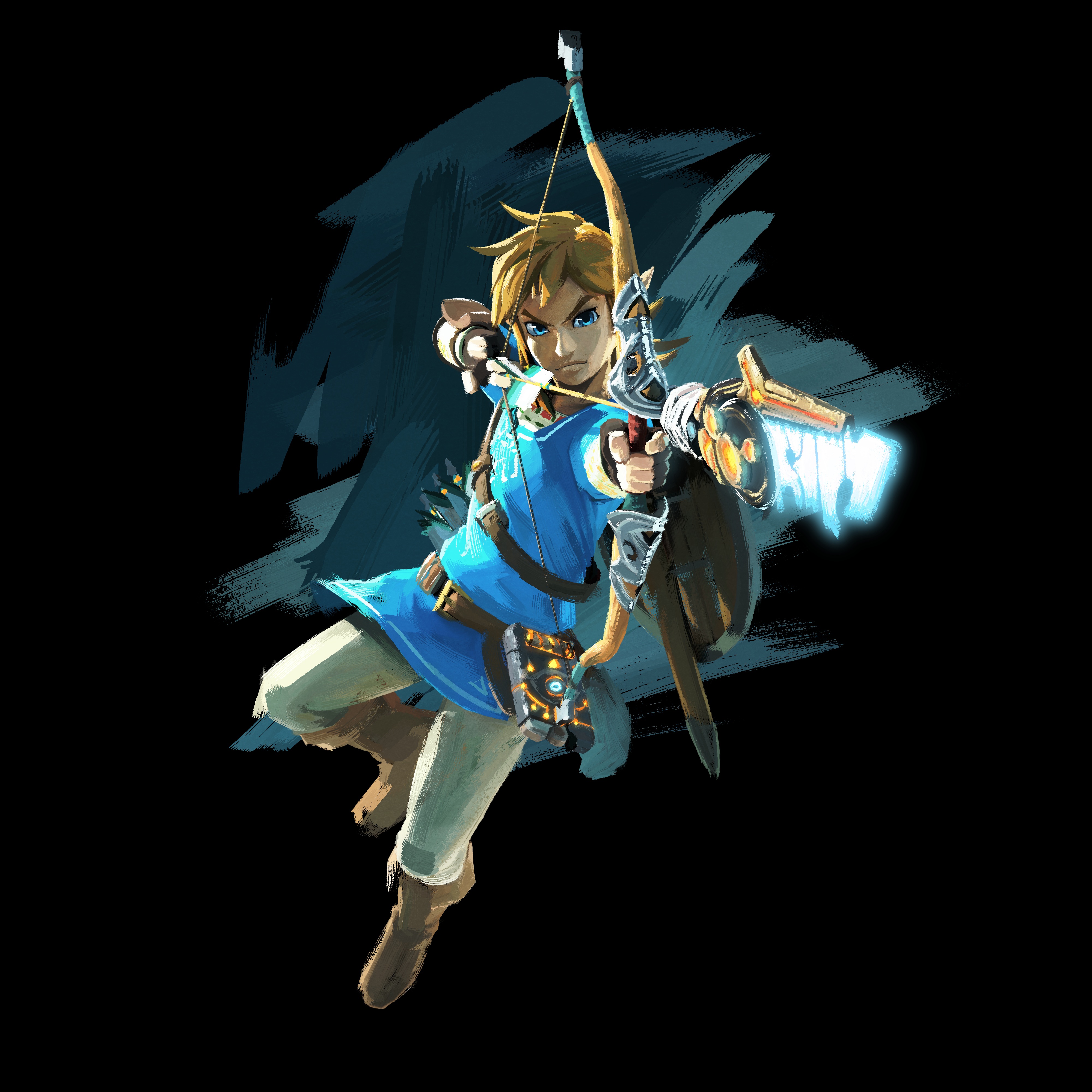

#Legend of zelda breath of the wild series
In all likelihood, Nintendo could have made a traditional Zelda game with Breath of the Wild’s art direction and production values and received the biggest accolades the series has seen since 1998’s Ocarina of Time. I expect Breath of the Wild’s narrative and character departures from Zelda precedent to stir at least some amount of controversy, which is mostly a good thing. There are character relationships at work that are not what you expect, and I was genuinely surprised by a number of implied stories and relationships. New spins on familiar Zelda archetypes are typical from game to game, but Nintendo’s EPD team has also retooled many of the basic character tropes and ideas that have remained a constant for the series’ existence. Link moves through the world like a ghost, and it suits the voiceless character well. The narrative setup is more or less perfect for a Zelda game, because it provides just enough familiarity to feel like it’s supposed to for old fans, and leaves enough holes to instill a real sense of mystery. Mystery is everywhere, from the hint of hyper-advanced fantasy technology to the evidence all around of a disastrous, society-ending war. The story opens as a confused Link awakens to a world he doesn’t recognize. You play as Link, the hero of fantasy world Hyrule, though what that means and who Link is differs from previous games somewhat (as it does in every Zelda game). And if you forget that for longer than a few minutes, it’ll remind you by knocking you flat on your ass.īreath of the Wild isn’t without some of the same basic Zelda foundation. In return, Breath of the Wild demands your respect. Breath of the Wild is the first main Zelda title since 1991 (2013’s Link to the Past sequel A Link Between Worlds notwithstanding) to feel like it respects its players implicitly. The Legend of Zelda: Breath of the Wild is the biggest, most open Zelda game ever made, but it also brings with it a massive change in design philosophy, and the way it treats players.
#Legend of zelda breath of the wild how to
One of the worst offenders: relentless, unskippable introductory sections that could drag on for hours as each game made absolutely sure you understood how to play it - by having you perform the same basic mechanical tasks in numerous mundane ways.īut five and a half years since 2011’s Skyward Sword, Nintendo apparently rediscovered that faith. Somewhere in the transition from the overhead perspective of the 8- and 16-bit Zelda titles to the third dimension added with the Nintendo 64’s Ocarina of Time, Nintendo seemed to lose faith in players’ ability to figure things out.

It was a familiar loop, and a successful one, given the series’ regard. Sure, each game had its own twist - a dark world, lycanthropy, sailing, flight - but there was a predictable path for each. It’s debatable whether or not Zelda as a series has been in a rut, and for how long, but it’s almost certainly fallen into a predictable pattern: an overworld with dungeons that offer items, which in turn allow access to new dungeons and means of traversal. With The Legend of Zelda: Breath of the Wild, one of the longest-running, most beloved video game franchises of all time feels like it’s finally moving forward.


 0 kommentar(er)
0 kommentar(er)
